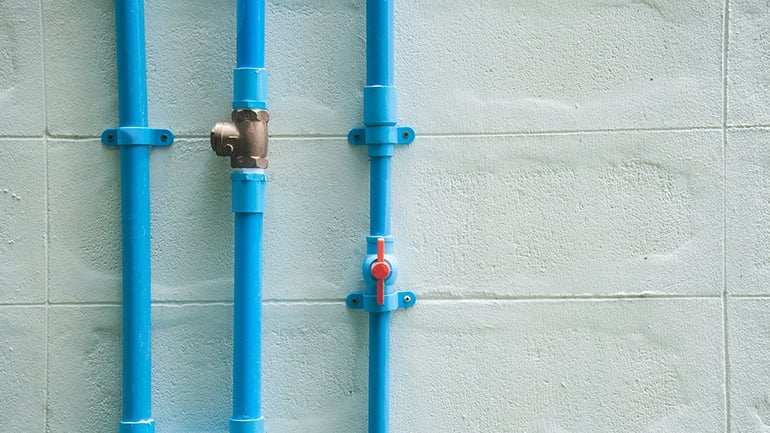
You may be unaware of the potential dangers from using an inefficient drainage system. The Concrete Foundation Association found that 85 percent of structural damage to homes is a result of faulty drainage. This includes foundational cracks that compromise the integrity of your home and lowers its value.
Taking care of your home now is beneficial for its future. Your home is an important investment, and doing everything you can to keep it in good shape is vital. Understanding residential plumbing is a good first step in avoiding these plumbing problems.
What are the types of drainage systems?
Surface Drainage System. The keys to this system are efficient ditches that must be installed in a parallel pattern. These ditches are used as channels for excess water. The water then flows to a main drain, which keeps it from pooling around the foundation of your home.
If your property is relatively flat, water pooling is more of a concern since the water has nowhere to go. Understanding the foundational layout of your home can be helpful when handling plumbing maintenance.
Subsurface Drainage System. When this system is installed, a sturdy pipe is placed underneath the top layer of soil. This has a two-fold benefit because it removes excess water from your property and stops waterlogging.
Waterlogging occurs when the soil is too moist for the shrubbery around your home. When roots are oversaturated, they begin to rot, which eventually leads to the foliage dying.
To avoid this, a pipe is installed well below the surface. This pipe takes the water away from the property. After the pipe is installed, a layer of gravel is used to fill the trench. This allows the water to seep into the drain, removing the standing water.
Plumbing History: This plumbing system is also known as a French drain, named after the inventor Henry Flagg French in 1859.
Slope Drainage System. These systems use gravity to its advantage by allowing water to take its natural course. The pipes in this system are anchored on a small incline that allows water to flow away from your property. These pipes are typically gated to ensure nothing falls into them.
In this system, a regrading technique may be used to best direct the water. In most cases, the grade is used to drive the water into a storm sewer. Check online for plumbing terms and conditions to ensure the grade is within your building code.
Downspout and Gutter Systems. These systems are best for removing roof water. Roof water adds extra weight to your home's roof, which can result in it caving in. While this is an extreme circumstance, it’s important to understand the dangers of inefficient roof drainage.
This system uses two primary parts, the downspout and gutter system. Downspouts can be round or rectangular and are usually made of a light, flexible metal.
If you’re using a downspout and gutter system, make sure it empties on a slope. This ensures that water doesn't pool at the base of the drain.
You want to do everything you can to best manage your home because it's a big investment. By understanding residential plumbing, you can sleep easier next time a storm or heavy snow comes through.
Having that peace of mind, knowing you won't wake up to a flooded basement or pooled water makes inclement weather easier to handle.
Trying to manage all the needs of your home can be stressful. Luckily Warner Service has made it simpler. Download our easy-to-read plumbing maintenance checklist to take control of the plumbing anatomy in your home today:


